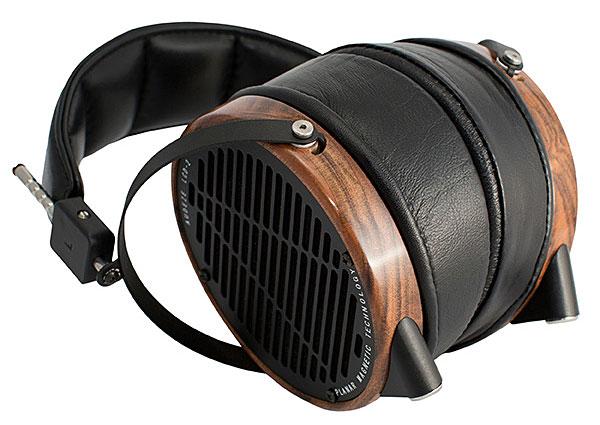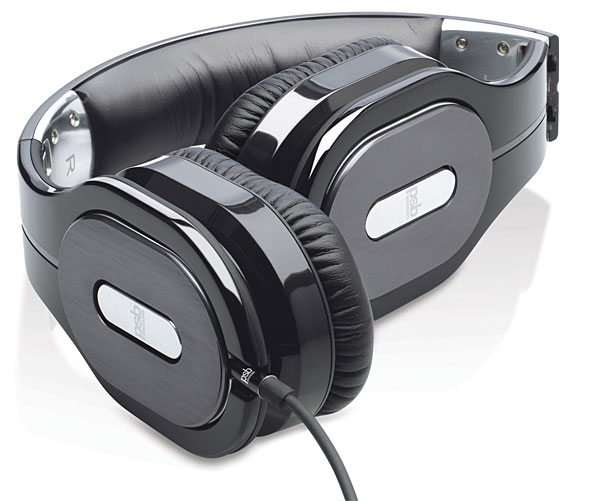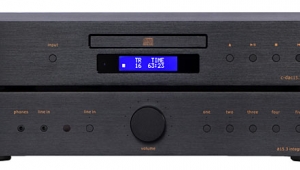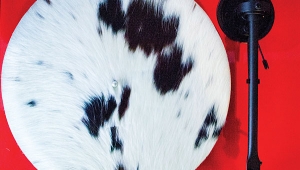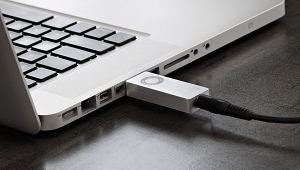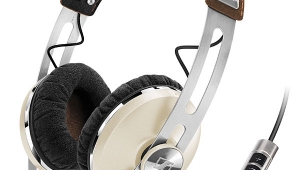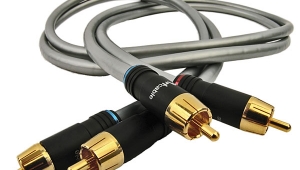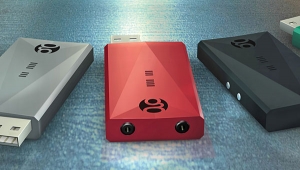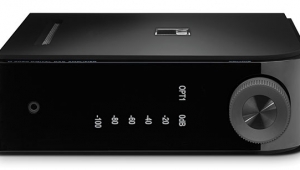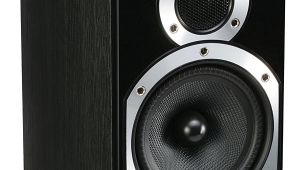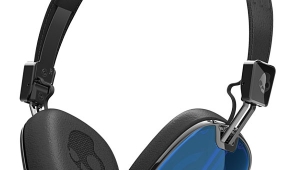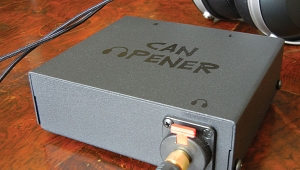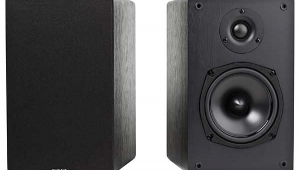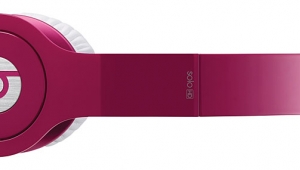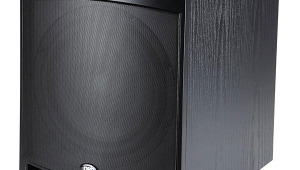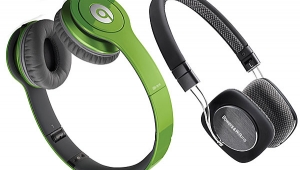| Columns Retired Columns & Blogs |
NICE Stephen!
It took alot of back-n-forth w/ Bob Lefsetz on the Audeze's to get him to listen! I had to tell him that, as a fellow HD800 user (he owns a pair) he was in for a whole other level of sonic engagement!! Plus a few friends bombarded him too.
He's a good guy - always makes time to respond when advice is needed - and he's as direct as you would imagine! It was KILLER to advise him on something!!
LOVE those PSB cans too!
